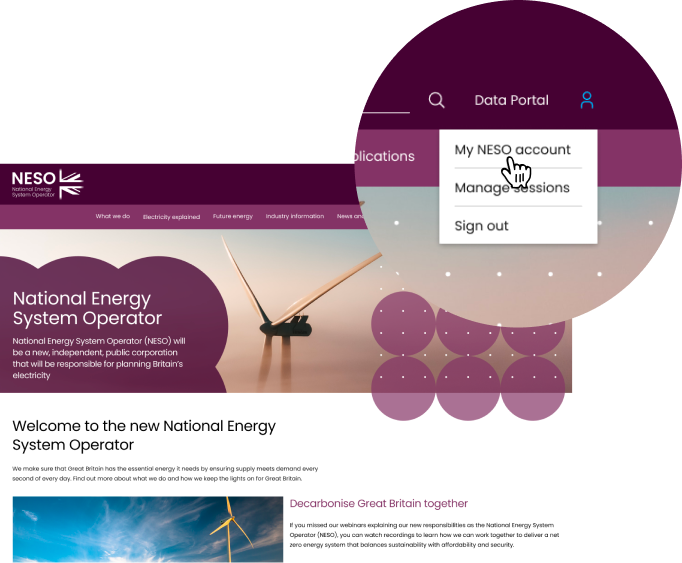Mass mobility data for demand forecasts
Project summary
The ESOs ability to forecast electricity demand has reduced as a consequence of the COVID-19 pandemic.
| Name | Status | Project reference number | Start date | Proposed End date |
|---|---|---|---|---|
| Mass mobility data for demand forecasting | Live | NIA2_NGESO067 | Jul 2024 | Oct 2025 |
| Strategy theme | Funding mechanism | Technology | Expenditure |
|---|---|---|---|
| Data and digitalisation | NIA_RIIO-2 | Electricity Transmission Networks | £250,000 |
Historically, the underlying demand profile was driven primarily by day of week and time of day. That demand has become harder to forecast partly because working patterns have not returned to pre-pandemic levels and also because we are seeing new technologies such as Electric Vehicles (EVs) come onto the system.
This project seeks to utilise mass mobility data (anonymised telematics vehicle monitoring data) to generate new features for electricity demand forecasting models. It will investigate potential features of value supporting electricity demand estimation and will use historical data to correlate and evidence potential predictive value from said features.
Benefits
This project has the potential to bring new insights into normal (and temporally abnormal) behaviour patterns concerning citizens in transit, home, workplace and state transitions across the population. The regionally resolved data will also provide features in regional forecasting that can support constraint management. In addition, the use of telematics derived features will provide complete spatial coverage over all of GB with minimal sampling bias due to its diverse geographic sampling.
Though the project focus is not EV usage, it may be able to explore features related to EV charging behaviour and its impact on demand.
| Name | Published |
|---|---|
| NIA Project Registration and PEA Document | 28 Aug 2024 |
| Annual Progress Report | 19 Aug 2025 |
